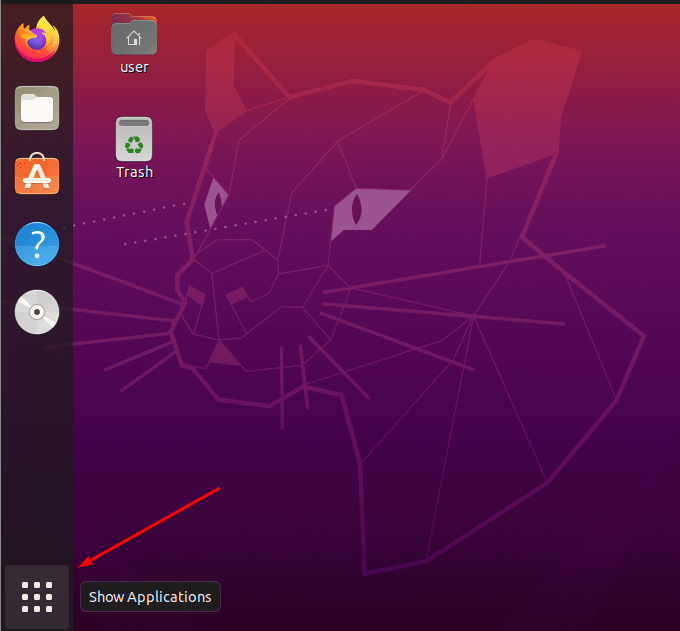Lessons I Learned From Tips About How To Check Disk Solaris

How to monitor io performance and disks activities on solaris.
How to check disk solaris. Use one of the following methods to check the status of a disk set. But if you want to actually find out how much extra space a zone is taking, you have to go a. If you mean solaris 10 try iotop, a dtrace script by brendan gregg.
Solaris 11 uses zfs which has no one to one relationship between volumes (partitions) and file systems. It is quite hard, iotop script from brendan gregg can help you. B.4.3 using the diskinfo command (oracle solaris 11 with sru 11.4.27.82.1 or later not applied) execute the showhardconf.
Asked 12 years, 2 months ago. Modified 11 years, 10 months ago. It lists the device (fifth column).
From the enhanced storage tool within the solaris management console, open the disk sets node. It really makes me mad. Use the df command to show the amount of free disk space on each mounted disk.
To find a list of the mount points, and which disks are used from each: You can also use the format utility to verify that a disk is known to the system. For detailed information on using the format utility, see chapter 16, the.
Otherwise, this shell script might help: The zpool status command shows one disk. Mostly, we can monitor overall io activities by using top in solaris,.
How to see free disk space on sunos? The usable disk space that is reported by df reflects only 90 percent of full capacity, as the. Identifying disks on a system.
To display physical locations of disks, use the croinfo command which provides information about the chassis, receptacle, and occupant. Displaying disk physical locations. Use the format utility to discover the types of disks that are connected to a system.
Yes, you will find out how much space is under a certain directory.

















